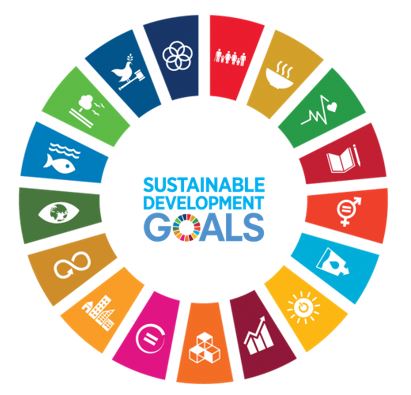Stories and Images of the Past
Language: Dutch | Location: Deventer
The past is full of stories. These stories can not only teach us about life in the past, but they can also inspire tourism or teach us lessons about the future. Stories form an introduction to (local) history. These stories can be made visible using various (digital) techniques and inspire others to learn about local history and archaeology. To be able to improve tourism to a certain region, the cultural history can be an important source of the region can be an inspiration or even a means to attract more visitors.
Stories can only be told, if we can find them. For that purpose we use digital technologies and techniques such as remote sensing. Long term drought leads to vegetation stress resulting is so called crop marks. These can be detected with drones with sensors. If we find for example a castle using these techniques, we can start combining the historical and archaeological data to tell stories of the past and hopefully improve tourism. These methods exist, but we need also more research on improving the detection. You can not only think about finding cultural heritage, but also how to tell these stories and think about new ways of visualizing.
Stories need data and data generates stories. For example, ships or buildings were reconstructed or restored in the past and these inspire new ways of think about the past, but how can we tell these stories to visitors or inhabitants of a city or region? What data do we need? How can we visualize these stories? What techniques are available? What techniques are possible? What knowledge can we extract from professionals, locals and volunteers? Which stories are interesting? Which stories inspire tourism? Which inspire new knowledge? How do stories contribute to better tourism?

